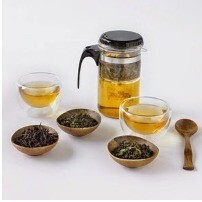
While I use essential oils for most of our family's health needs, being Crunchy means being open to using all kinds of natural methods to keep our bodies strong and in the most balanced states. My husband bought me a book when I first started with essential oils called The Illustrated Encyclopedia of Healing Remedies. So today I'll share with you about the differences between - and how to make - four types of home remedies: Tinctures, Decoctions, Infusions and Ointments.
It is important to try to learn about natural healing methods before you need them, because the ingredients are not always readily available, and the method might sometimes need more than an hour or two to make up. Unlike being able to keep a pill-form in the cabinet, these are the sorts of things we need to plan ahead to use. Slick and Spinster Beth can tell you that this is generally not my forte, but I am learning to plan ahead a bit more. As our family has seen with essential oils, natural healing methods can work as quickly as the stuff that is currently in the cabinet of many homes but sometimes a natural method is better at working with the body to give the body leeway to heal itself, vs. doing the healing on behalf of the body. To that end, these methods can take a bit more time, but you'll be stronger on the other side of the journey.
One other thing to make note of in using natural methods of healing is that the fresher and more recently picked your herb, the stronger the components of that plant will be, and therefore the less you'll need to use in making your mix. Dried herbs are easier to find, especially if you have a natural food store nearby, are easier to store, and might even be better for what you need, but those are all things to try to study up on ahead of time.
On to our methods:
Tinctures
In simple terms, a tincture is an extract made by placing an herb or powder into an airtight container with alcohol (vodka is a popular choice because it can be relatively mild-flavored), and let to steep for a time. Properly speaking, vanilla extract can be considered a "tincture". I had heard of tinctures in reading other natural remedy books, but honestly was not sure what it was! Here is how to make a tincture:
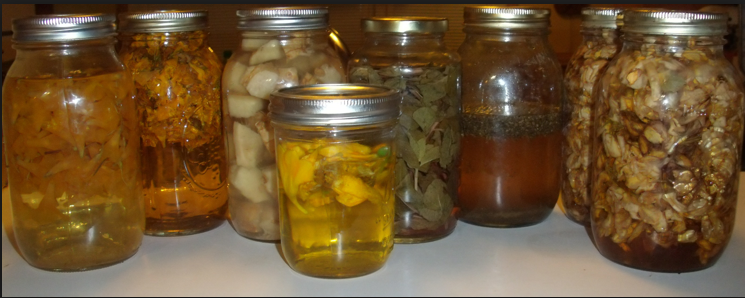 |
| Image credit to A Little Slice |
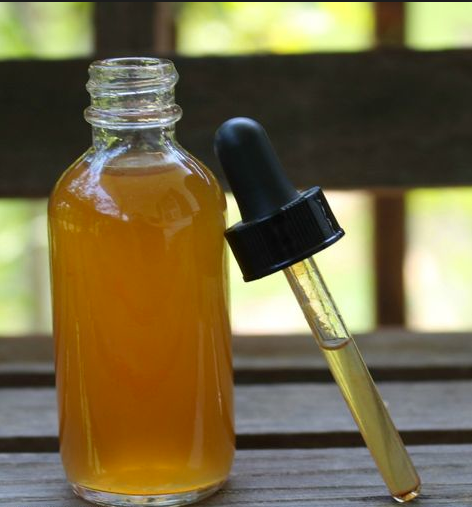 |
| Image credit to The Nerdy Farmwife |
- Crush up the plant material you want to use. For a fresh plant, use about 1 oz.; for dried or powdered herbs, use up to 4 oz.
- Place the plant material in about 1 - 1 ⅓ pint of vodka (or any 40-percent spirit) in a container that can be tightly closed. Leave this mix in the airtight container, lid tightly closed, for about 2 weeks, gently mixing every 2-3 days.
- Strain the solid material out of the alcohol, and store the alcohol (now officially the "tincture") in a dark, glass, airtight jar. One would normally use 5-20 drops at a time, taken directly or added to water.
(Bonus tip: Save yourself the expense of buying pure vanilla extract by placing 2-3 vanilla bean pods in a jar of vodka. Close tightly, and place in a dark place for 2-3 months. Agitate/gently mix the solution about once a week. You can use this blend after about 2 months, directly from the bottle, and just continue to top it off with fresh vodka every now and again to make a rotating cycle of fresh vanilla extract! This makes a really great Christmas gift too!)
Decoction
It is faster to make a decoction than a tincture. Where a tincture is made over the course of a couple of weeks (or months), and at room temperature, a decoction is made over the stove. The roots, twigs, berries, seeds and bark of a plant are boiled in water to get the plants' vital essence out. That water is then strained and the result is then taken with honey (preferably raw) or a bit of brown sugar. A good ginger-garlic decoction might be useful when under the weather. Perhaps a bit hard on the palate, but helpful for the overall immune boosting qualities.
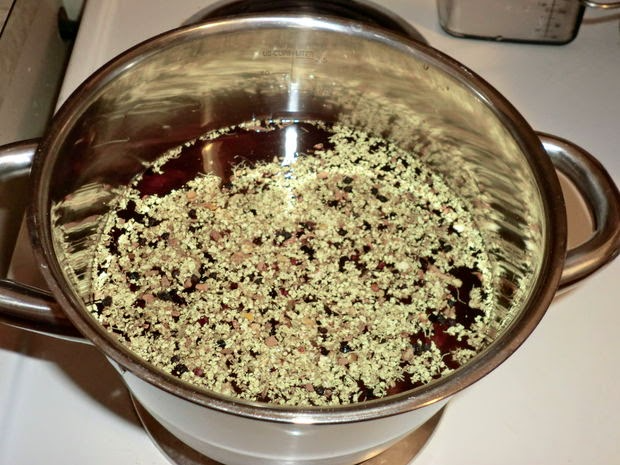 |
| Image credit to Cherry Gregory 13 at Instructables.com |
- Use a non-aluminum pot for this recipe. Instead use glass, ceramic, or earthenware; metal pans should be enameled.
- Put 1 tsp. of dried herbs or 3 tsp of fresh herb into a pan. Fresh herbs should be cut up into small pieces. Add in 1 pint of water for each measure of herbs/plant material.
- Bring to a boil and simmer for 10-15 minutes.
- At the end, strain out plant material and allow to cool. Do not pour the hot liquid into a cold or room-temperature glass jar, as it may shatter! Once cool, pour into a glass jar, seal tightly and refrigerate. Most decoctions will last in the refrigerator for about 3 days.
Infusion
A good general term for "infusion" is "tea". Basically, we're putting fresh or dried herbs into a bit of cheese cloth or a tea strainer and allowing it to steep in boiled water for a bit before drinking. When feeling drained, a peppermint infusion might be helpful to boost ones mood and energy levels, not to mention open the sinuses a bit and freshen breath!
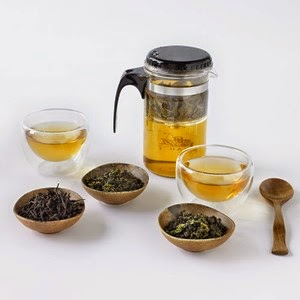 |
| Image credit to Mighty Leaf Teas |
- For each cup of tea required, put 1 tsp of the herb or herb mixture into a tea strainer, piece of cheese cloth (tie it off with a clip or a bit of twine), and place the strainer or bag into a china or glass teapot. Add boiling water, and cover tightly.
- Keep the pot covered, and use the purest (filtered) water available. Strain the infusion and drink hot or cold. Add a bit of sweetener such as raw honey, licorice root, or brown sugar if needed.
- Infusions should be made fresh as needed, so keeping dried material on hand is a good idea. Infusions are best made from the softer parts of the plant, such as flowers and leaves, because their properties are easily gained through gentle boiling.
Ointment
An ointment is not one you swallow. It is used topically, much like a lotion.
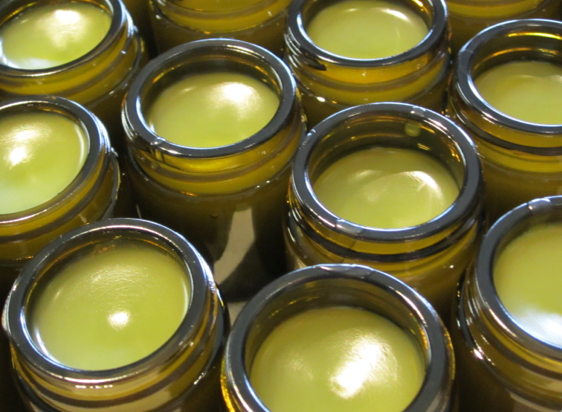 |
| Image Credit to Myrobalan Clinic |
- Make 1 pint of decoction or infusion - depending on which herb is being used, and strain out, reserving the liquid.
- Pour 3 oz. oil (coconut, olive, grape seed, etc.) into a double boiler or a small pot placed inside of a larger pot that has water in it. Mix 3 oz. of fat into the oil - fats that may be used include lard, butter, (etc.) When using a volatile fat such as lard, include 1 drop of a tincture of benzoin for each 1 oz. of fat as a preservative. Add in the reserved liquid.
- Simmer until the water has evaporated. Stiffen the mixture with beeswax, cocoa butter, mango butter, or shea butter, to make it creamy. Melt the stiffener in slowly. When nearly cool, use a blender or high-speed mixer to whip the blend and make it a creamier consistency so it is easier to use. Place in a wide-mouth container and allow to cool completely before closing.
There you have it! We'll get more into specific uses for tinctures, infusions, decoctions and ointments in coming posts, but now you at least know what they are when you run across them in natural remedy booklets. You can get all of the containers and jars, etc to store these nifty little natural remedies on Amazon.com.


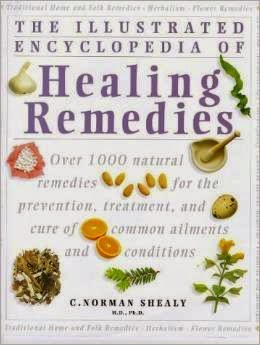
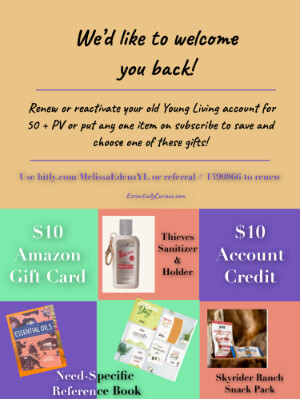

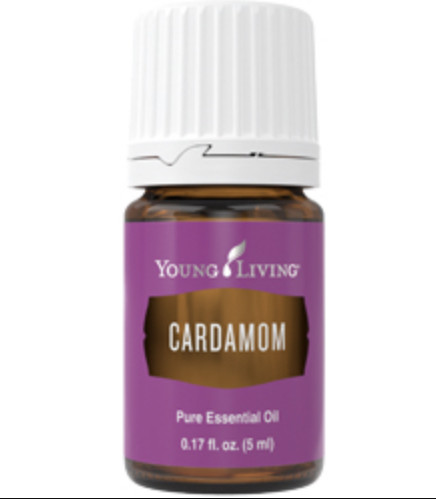
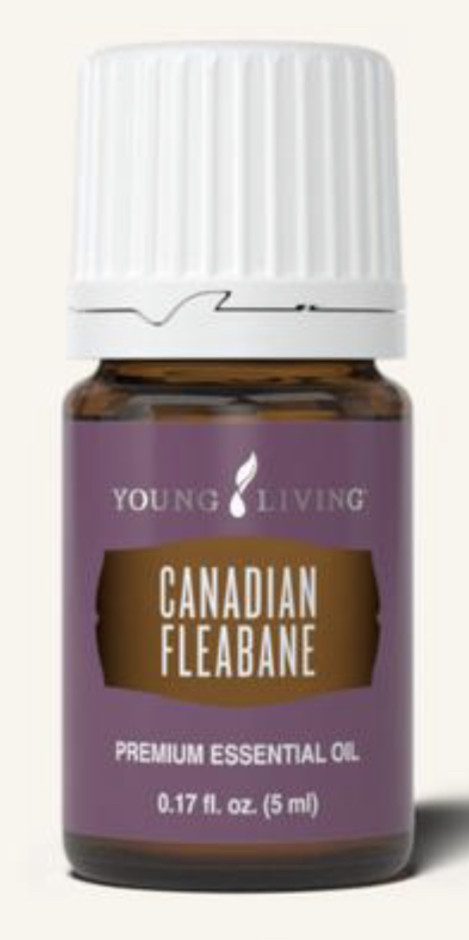
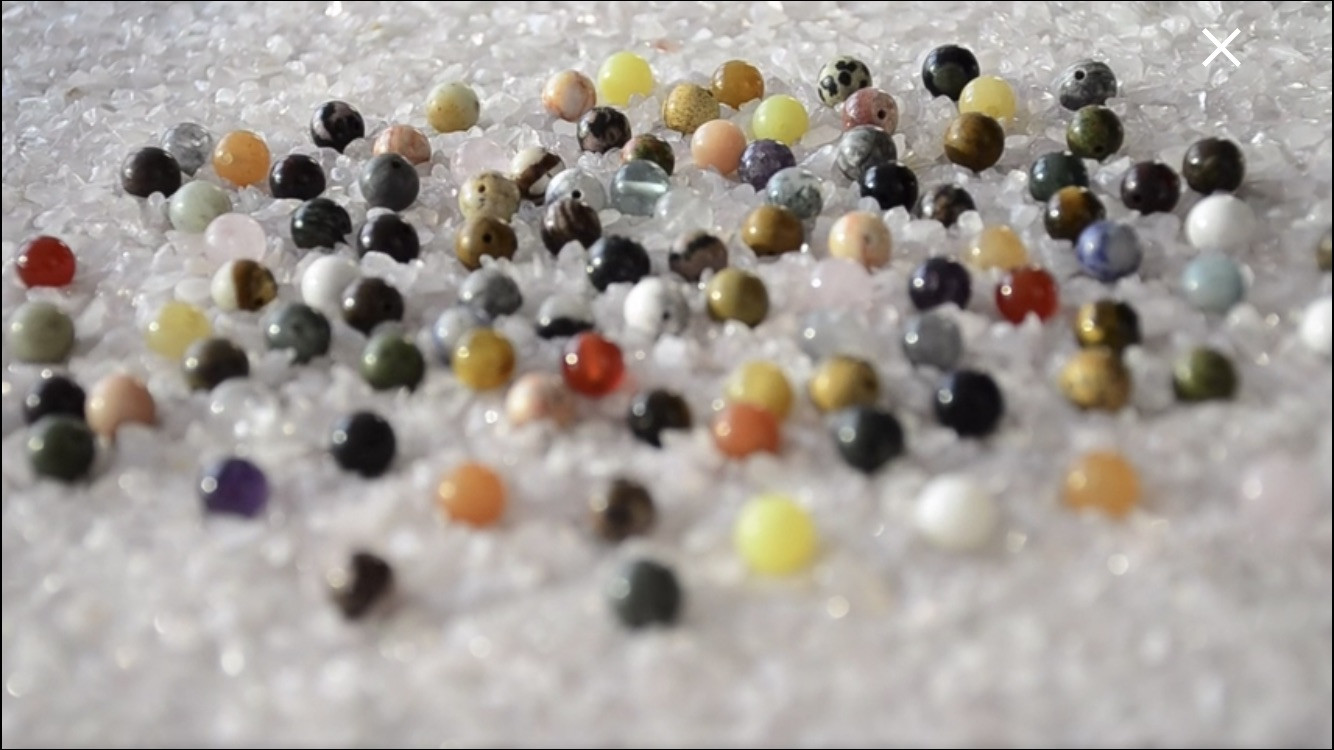
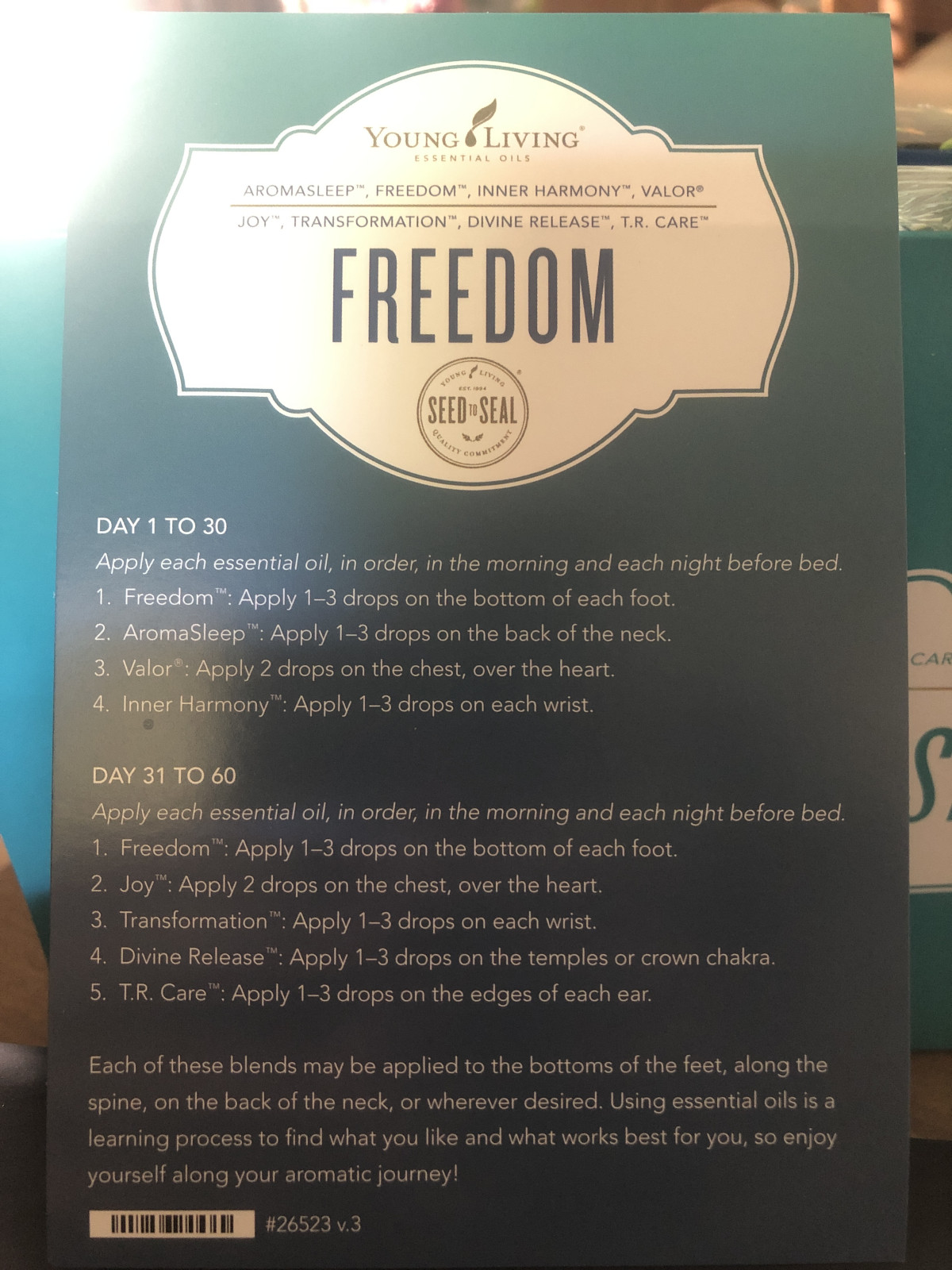

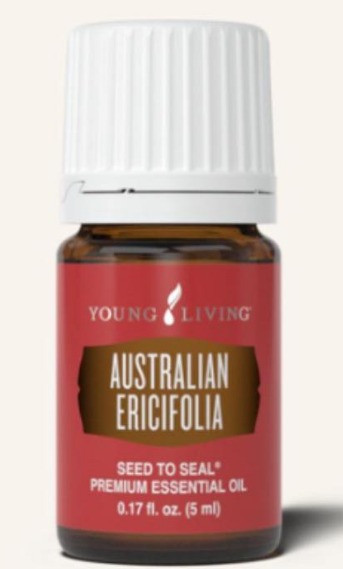
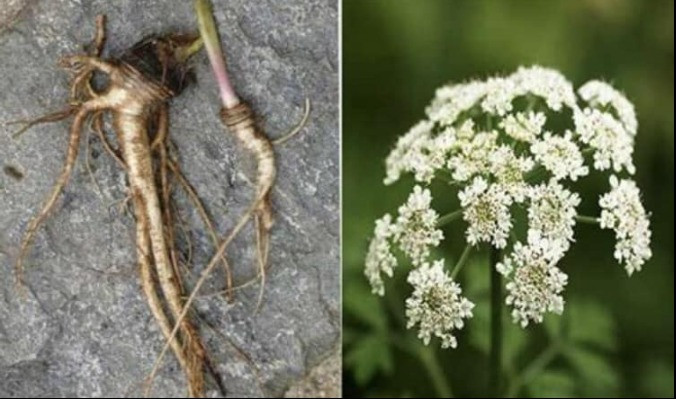
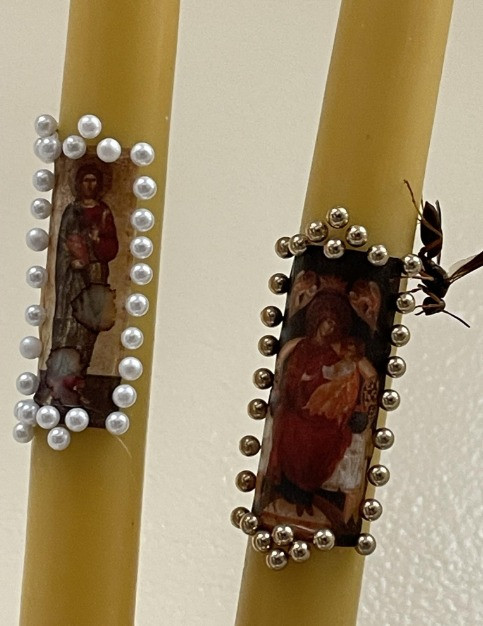


0 Comments